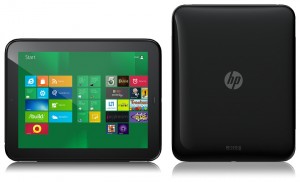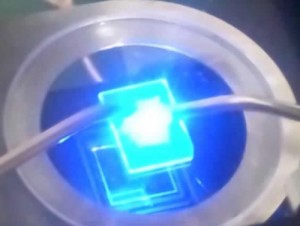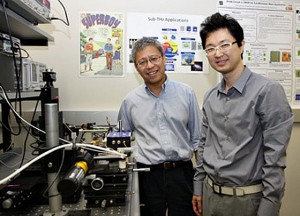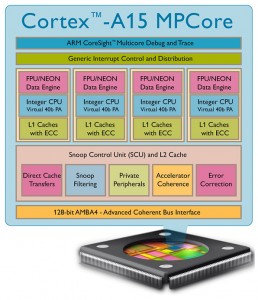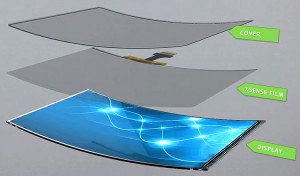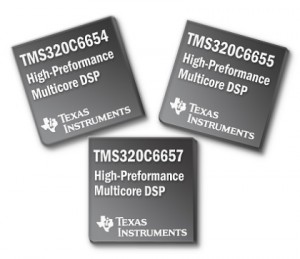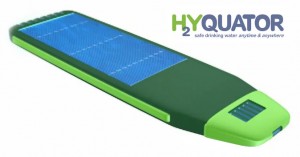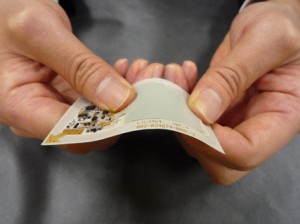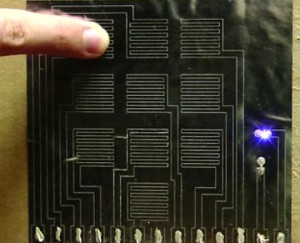
Researchers in the US and France have developed a electronic touch pad that is based on metallised paper. This could lead to throwaway touch pads potentially incorporated into anything from food packaging to disposable or sterile medical devices.
The touch pads are made from paper coated in a layer of aluminium around 10nm thick. The paper is then overlaid with a thin film of transparent polymer. The paper the touch pads are based on is already produced commercially and is used for everything from labels on beer bottles to glossy book covers. It is therefore very inexpensive and cost only around $0.25/m2 to manufacture.
Continue reading “Electronic touch pads on disposable paper coming soon”

